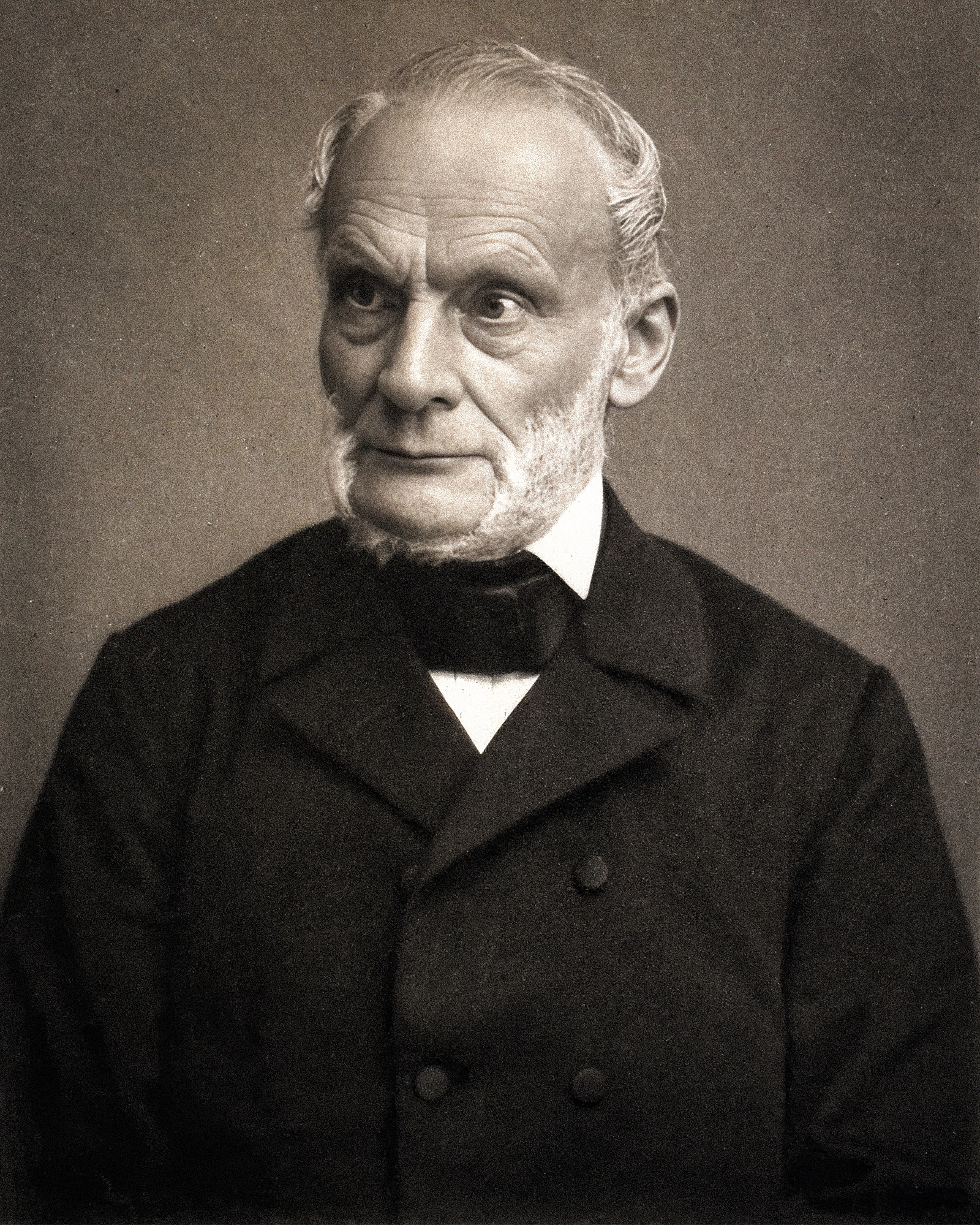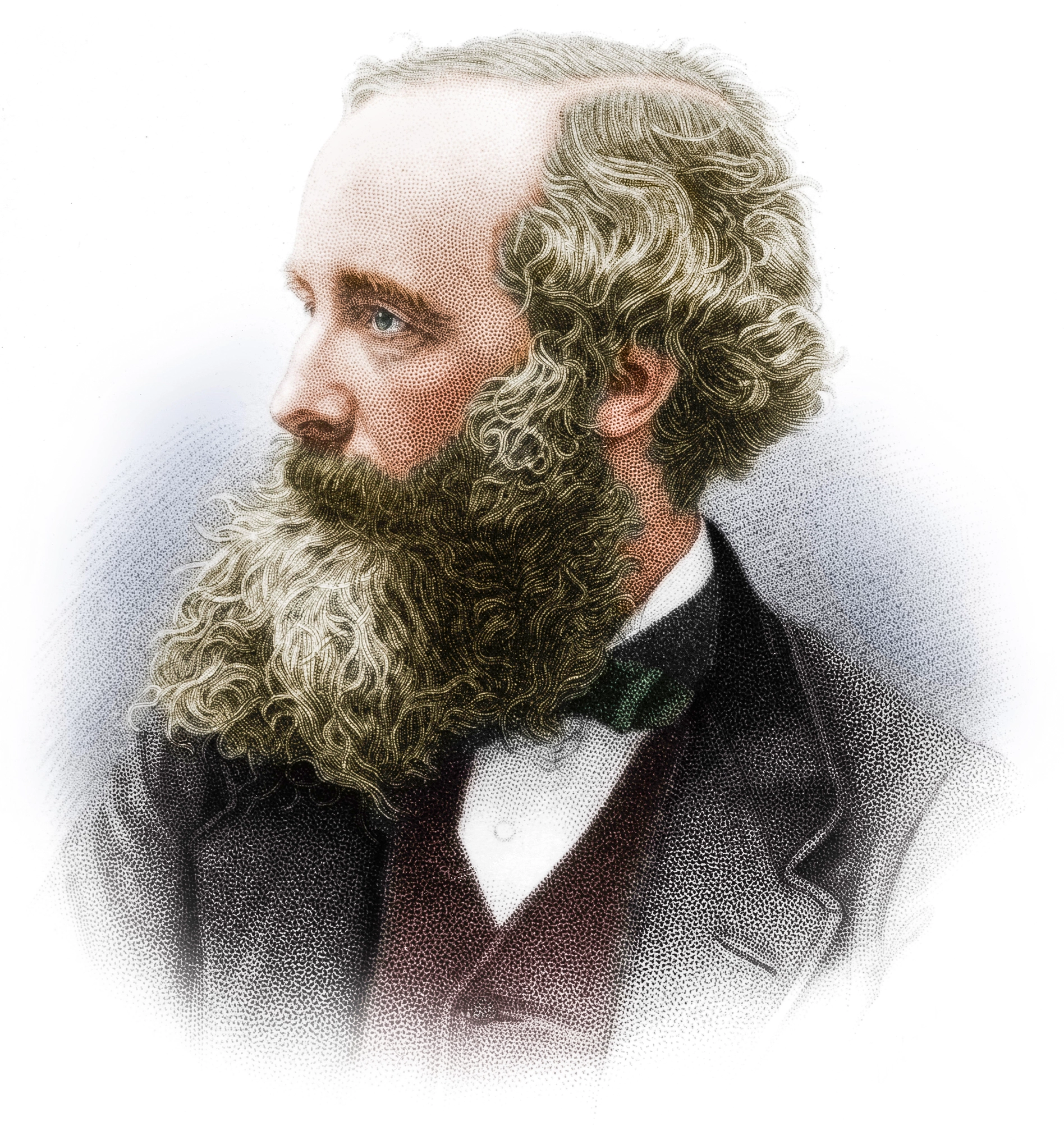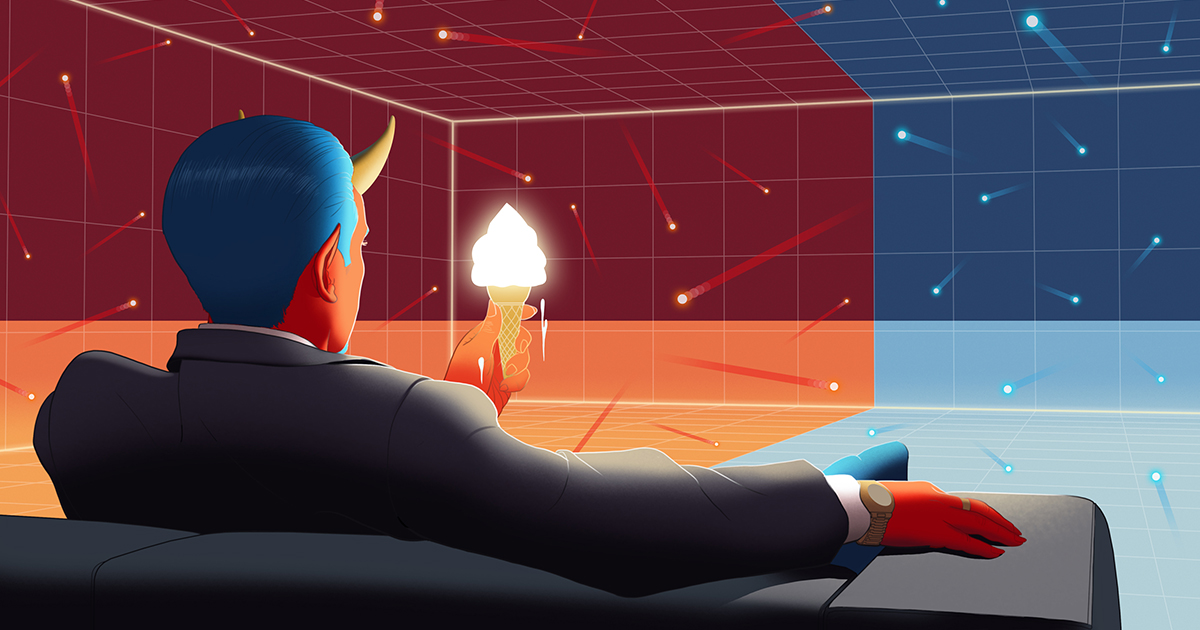If there’s one law of physics that seems easy to grasp, it’s the second law of thermodynamics: Heat flows spontaneously from hotter bodies to colder ones. But now, gently and almost casually, Alexssandre de Oliveira Jr. has just shown me I didn’t truly understand it at all.
Take this hot cup of coffee and this cold jug of milk, the Brazilian physicist said as we sat in a café in Copenhagen. Bring them into contact and, sure enough, heat will flow from the hot object to the cold one, just as the German scientist Rudolf Clausius first stated formally in 1850. However, in some cases, de Oliveira explained, physicists have learned that the laws of quantum mechanics can drive heat flow the opposite way: from cold to hot.
This doesn’t really mean that the second law fails, he added as his coffee reassuringly cooled. It’s just that Clausius’ expression is the “classical limit” of a more complete formulation demanded by quantum physics.
Physicists began to appreciate the subtlety of this situation more than two decades ago and have been exploring the quantum mechanical version of the second law ever since. Now, de Oliveira, a postdoctoral researcher at the Technical University of Denmark, and colleagues have shown that the kind of “anomalous heat flow” that’s enabled at the quantum scale could have a convenient and ingenious use.
It can serve, they say, as an easy method for detecting “quantumness” — sensing, for instance, that an object is in a quantum “superposition” of multiple possible observable states, or that two such objects are entangled, with states that are interdependent — without destroying those delicate quantum phenomena. Such a diagnostic tool could be used to ensure that a quantum computer is truly using quantum resources to perform calculations. It might even help to sense quantum aspects of the force of gravity, one of the stretch goals of modern physics. All that’s needed, the researchers say, is to connect a quantum system to a second system that can store information about it, and to a heat sink: a body that’s able to absorb a lot of energy. With this setup, you can boost the transfer of heat to the heat sink, exceeding what would be permitted classically. Simply by measuring how hot the sink is, you could then detect the presence of superposition or entanglement in the quantum system.
Practical benefits aside, the research demonstrates a new aspect of a deep truth about thermodynamics: How heat and energy can be transformed and moved in physical systems is intimately bound up with information — what is or can be known about those systems. In this case, we “pay for” the anomalous heat flow by sacrificing stored information about the quantum system.
“I love the idea that thermodynamic quantities can signal quantum phenomena,” said the physicist Nicole Yunger Halpern of the University of Maryland. “The topic is fundamental and deep.”
Knowledge Is Power

“It is impossible for a self-acting machine, unaided by any external agency, to convey heat from one body to another at a higher temperature,” Rudolf Clausius wrote (in German) in 1850. It was the first expression of the second law of thermodynamics.
Theo Schafgans/Public Domain
The connection between the second law of thermodynamics and information was first explored in the 19th century by the Scottish physicist James Clerk Maxwell. To Maxwell’s distress, Clausius’ second law seemed to imply that pockets of heat will dissipate throughout the universe until all temperature differences disappear. In the process, the total entropy of the universe — crudely, a measure of how disordered and featureless it is — will inexorably increase. Maxwell realized that this trend would eventually remove all possibility of harnessing heat flows to do useful work, and the universe would settle into a sterile equilibrium pervaded by a uniform buzz of thermal motion: a “heat death.” That forecast would be troubling enough to anyone. It was anathema to the devoutly Christian Maxwell. But in a letter to his friend Peter Guthrie Tait in 1867, Maxwell claimed to have found a way to “pick a hole” in the second law.
He imagined a tiny being (later dubbed a demon) who could see the motions of individual molecules in a gas. The gas would fill a box that was divided in two by a wall with a trapdoor. By opening and closing the trapdoor selectively, the demon could sequester the faster-moving molecules in one compartment and the slower-moving ones in the other, making a hot gas and a cold one, respectively. By acting on the information it gathered about molecules’ motions, the demon thus reduced the entropy of the gas, creating a temperature gradient that could be used to do mechanical work, such as pushing a piston.
Scientists felt sure that Maxwell’s demon couldn’t really violate the second law, but it took nearly 100 years to figure out why not. The answer is that the information the demon collects and stores about the molecular motions will eventually fill up its finite memory. Its memory must then be erased and reset for it to keep working. The physicist Rolf Landauer showed in 1961 that this erasure burns energy and produces entropy — more entropy than is reduced by the demon’s sorting actions. Landauer’s analysis established an equivalence between information and entropy, implying that information itself can act as a thermodynamic resource: It can be transformed into work. Physicists experimentally demonstrated this information-to-energy conversion in 2010.

Unsettled by the second law of thermodynamics, the Scottish physicist James Clerk Maxwell invented a thought experiment about an all-knowing demon that is still yielding insights today.
The Print Collector/Heritage Images
But quantum phenomena allow information to be processed in ways that classical physics does not permit — that’s the entire basis of technologies such as quantum computing and quantum cryptography. And that’s why quantum theory messes with the conventional second law.
Exploiting Correlations
Entangled quantum objects have mutual information: They are correlated, so we can discover properties of one by looking at the other. That in itself is not so strange; if you look at one of a pair of gloves and find it’s left-handed, you know the other is right-handed. But a pair of entangled quantum particles differs from gloves in a particular way: Whereas the handedness of gloves is already fixed before you look, this isn’t the case for the particles, according to quantum mechanics. Before we measure them, it’s undecided which value of the observable property each particle in the entangled pair has. At that stage the only things we can know are the probabilities of the possible combinations of values, such as 50% left-right and 50% right-left. Only when we measure the state of one of the particles do these possibilities resolve themselves into a definite outcome. In that measurement process, the entanglement is destroyed.
If gas molecules are entangled in this way, then a Maxwell’s demon can manipulate them more efficiently than if all the molecules are moving independently. If, say, the demon knows that any fast-moving molecule it sees coming is correlated in such a way that it will be trailed by another fast one just a moment later, the demon doesn’t have to bother observing the second particle before opening the trapdoor to admit it. The thermodynamic cost of (temporarily) foiling the second law is lowered.
In 2004, the quantum theorists Časlav Brukner of the University of Vienna and Vlatko Vedral, then at Imperial College London, pointed out that this means macroscopic thermodynamic measurements can be used as a “witness” to reveal the presence of quantum entanglement between particles. Under certain conditions, they showed, a system’s heat capacity or its response to an applied magnetic field should carry an imprint of entanglement, if it is present.
In a similar vein, other physicists calculated that you can extract more work from a warm body when there is quantum entanglement in the system than when it is purely classical.
And in 2008, the physicist Hossein Partovi of California State University identified a particularly dramatic implication of the way quantum entanglement can undermine preconceptions derived from classical thermodynamics. He realized that the presence of entanglement can actually reverse the spontaneous flow of heat from a hot object to a cold one, seemingly upending the second law itself.
That reversal is a special kind of refrigeration, Halpern said. And as usual with refrigeration, it doesn’t come for free (and so doesn’t truly subvert the second law). Classically, refrigerating an object takes work: We have to pump the heat the “wrong” way by consuming fuel, thereby repaying the entropy that’s lost by making the cold object colder and the hot object hotter. But in the quantum case, Halpern said, instead of burning fuel to achieve refrigeration, “you burn the correlations.” In other words, as the anomalous heat flow proceeds, the entanglement gets destroyed: Particles that initially had correlated properties become independent. “We can use the correlations as a resource to push heat in the opposite direction,” Halpern said.

